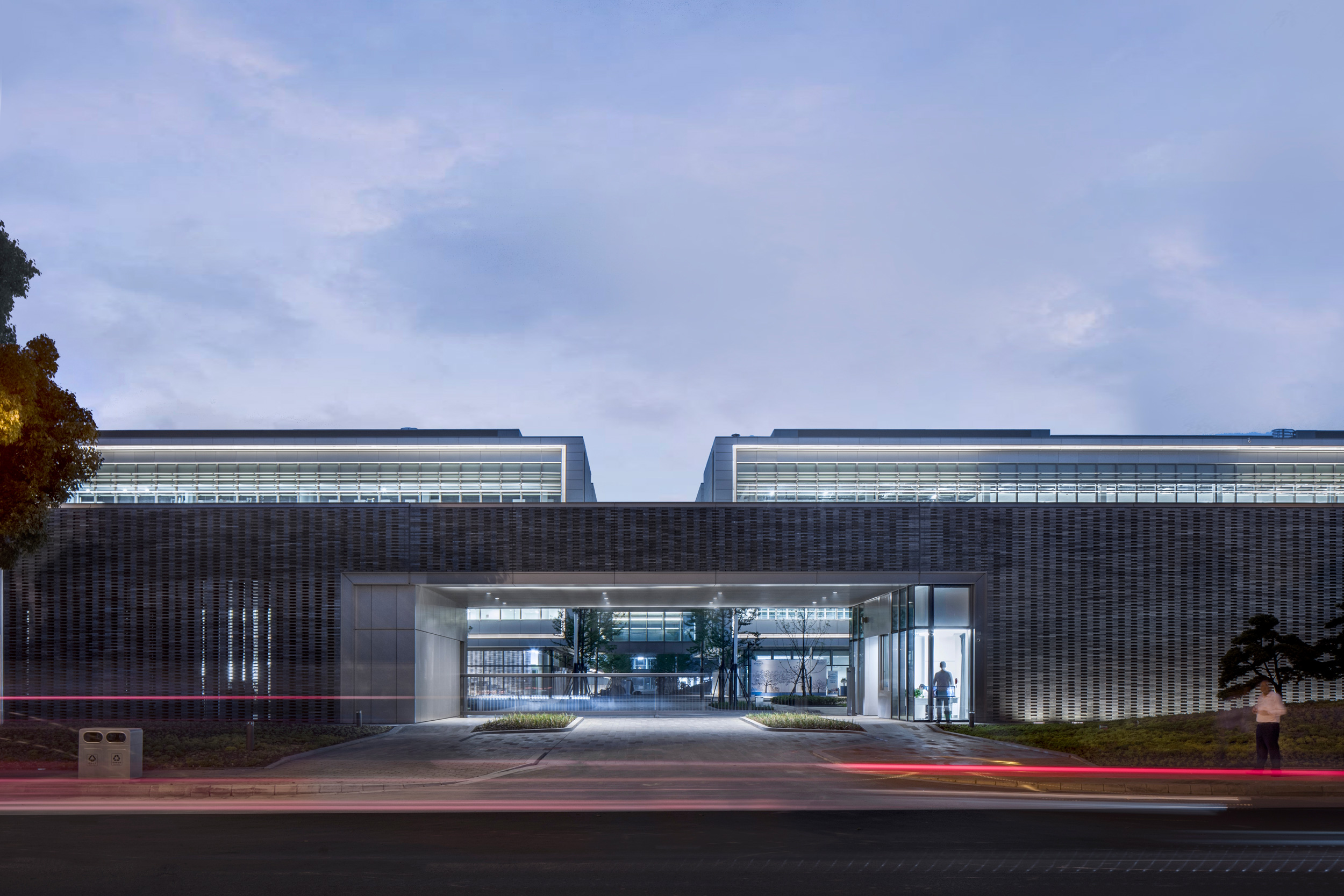
Spatial sequences
By designing spatial sequences that have emotional value, new ways of perceiving and living in the landscape can emerge.
“A space for choreographed movement with nodes for silence and contemplation, action and inaction, hard and soft, ying and yang.”Lawrence Halprin - Landscape Architect
Being moved by—and through—a space
The site gets activated with the flow of users through space. From the very conception of the project, the user experience must be prioritised by devising a sequence of spaces where movement is a way of creating the place. A fluid spatial quality encourages directional movement.
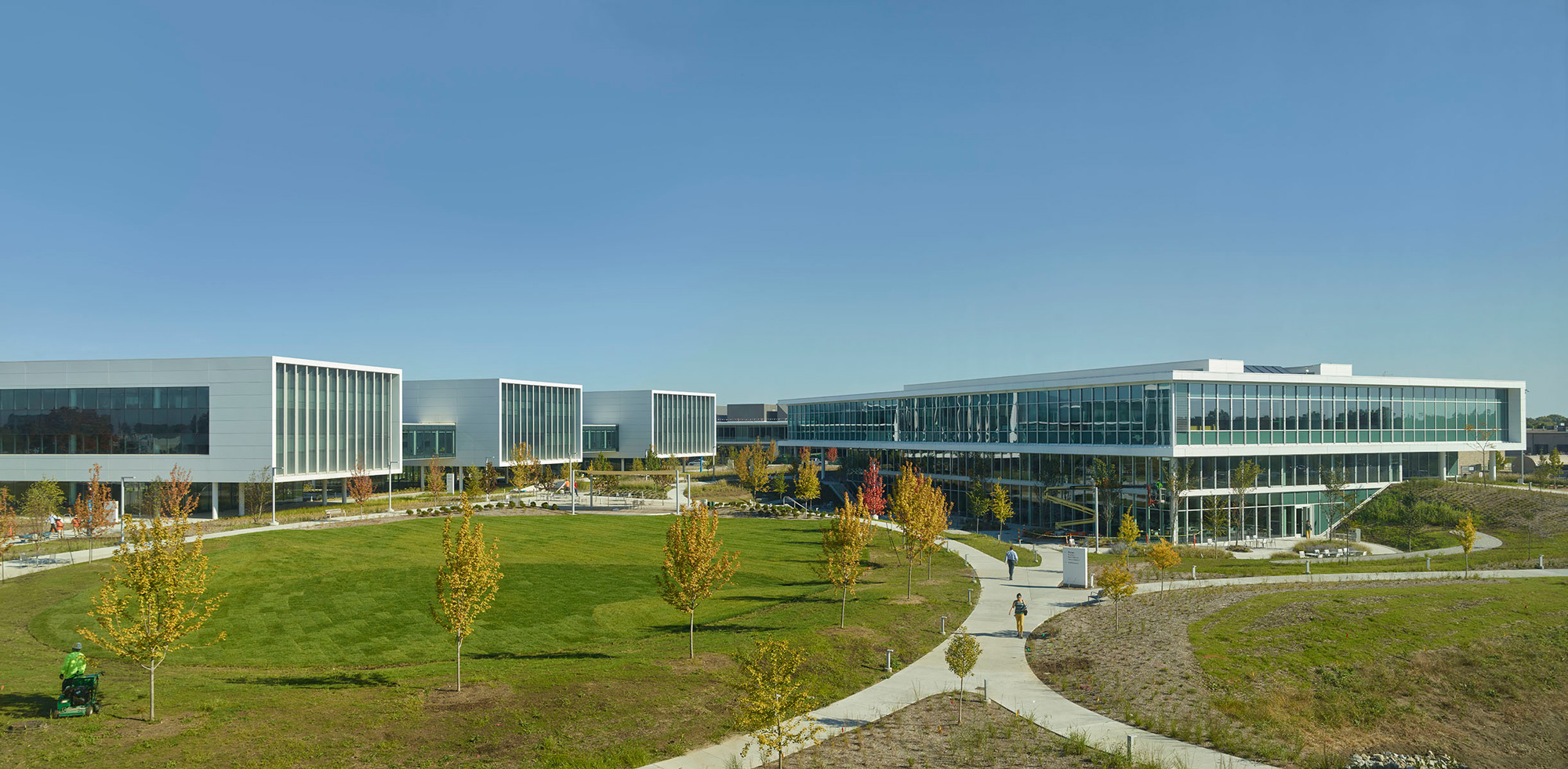
The sense of movement leads to the successive linking of spaces, producing an urban rhythm. A sequence of alternating spaces with contrasted qualities such as secluded / expanded, bright / shaded, hard / soft, dynamic / static, offers a rich sensorial experience.
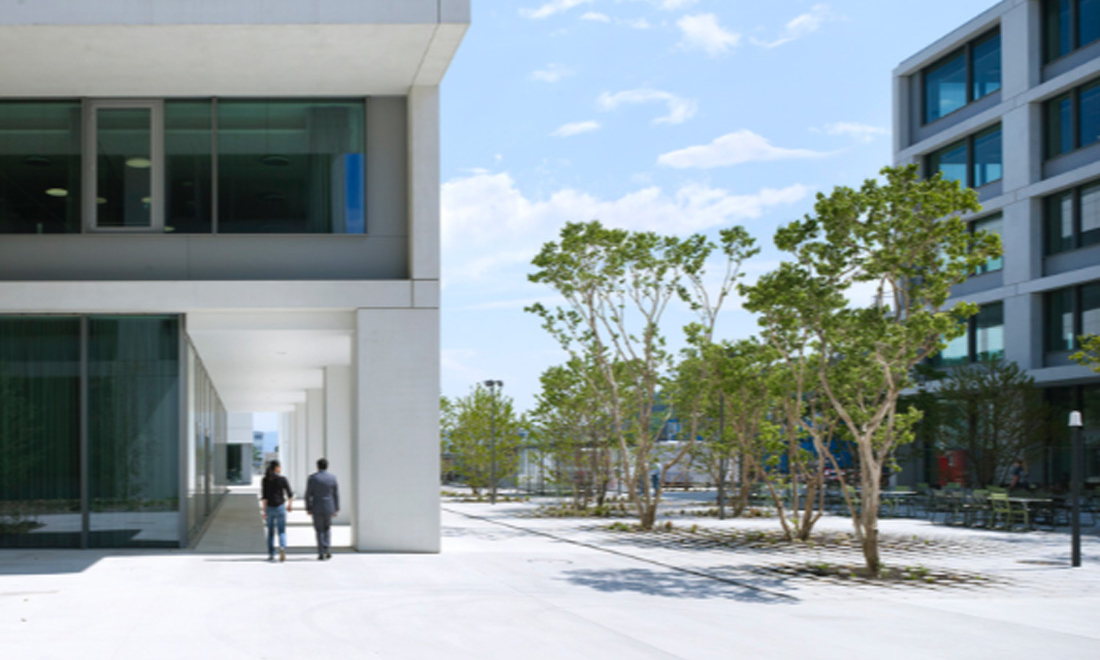
Spatial transitions
Sequences have emotional value. The final meaning of any sequence results from the relationship between space, event, and movement.
- Define a series of spaces that create an integrated experience and link them with a sequential route designed with the user in mind.
- The entry / transitional areas should be developed to enhance the overall spatial experience.
- Use pergolas and other vegetation arrangements to provide shade and variety in space typology.
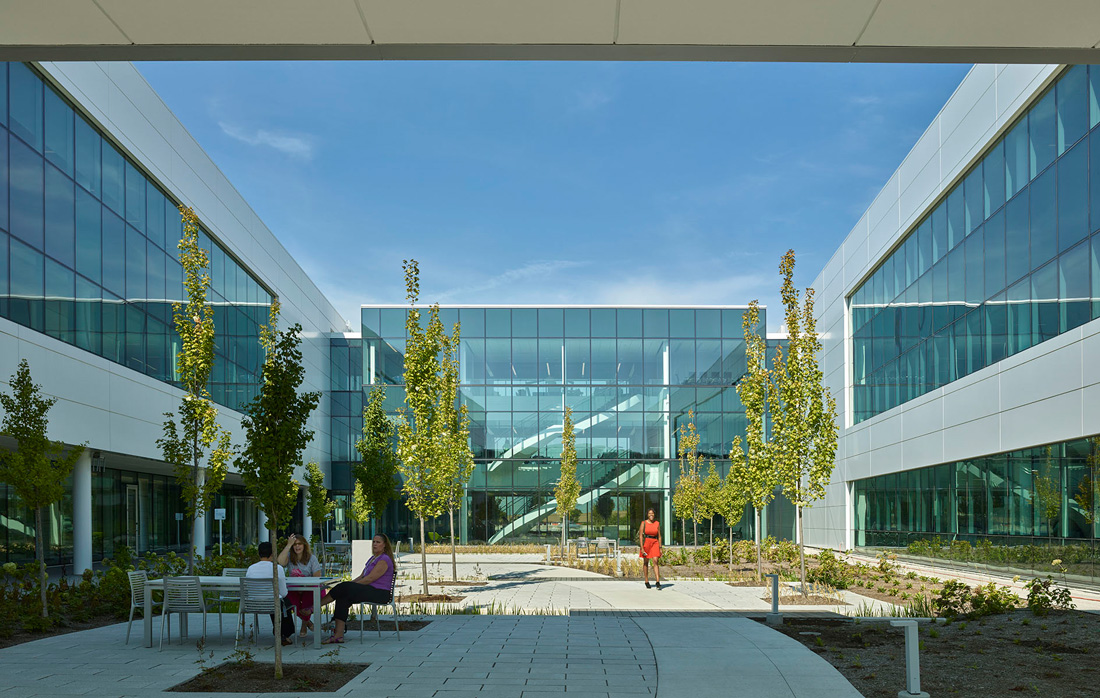
Scale and proportion
Exterior spaces need to be appropriately sized in relation to the function of the buildings, and to provide comfort for daily use and events.
- Harmonize the different scales of the site development according to the natural context, human proportions, and spatial functionality.
- Both the architectural elements and the spaces around them should be active parts of the design and connect spatially with the larger site.
- Choose tree species of suitable height and size according to the scale and activity of each exterior area.
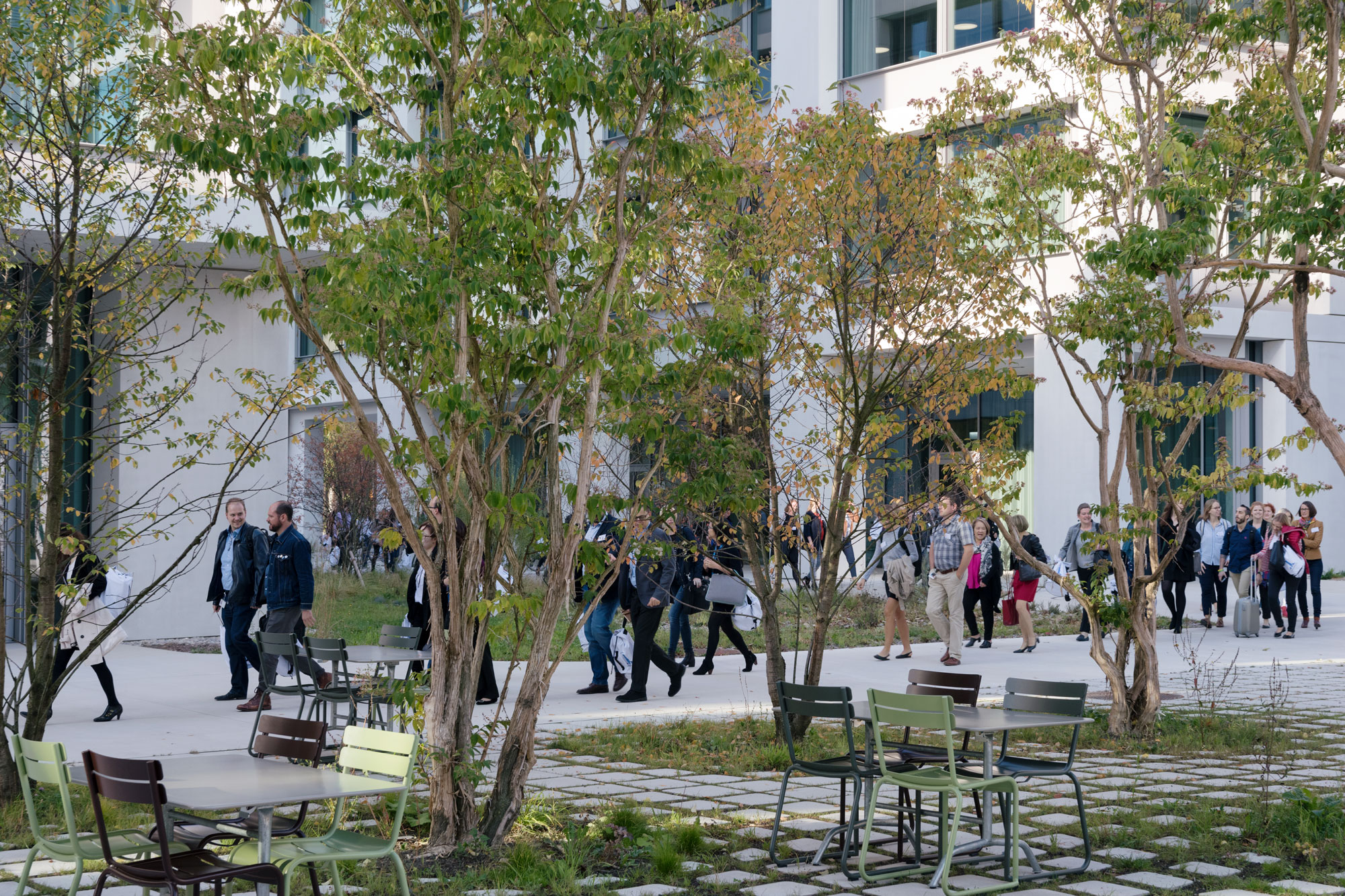
Key to Spatial sequences
- Create zones and sequences of spaces to enhance the user’s sensorial experience. The linking of spaces through movement creates the place.
- Design spaces of contrasted character according to function and typology.